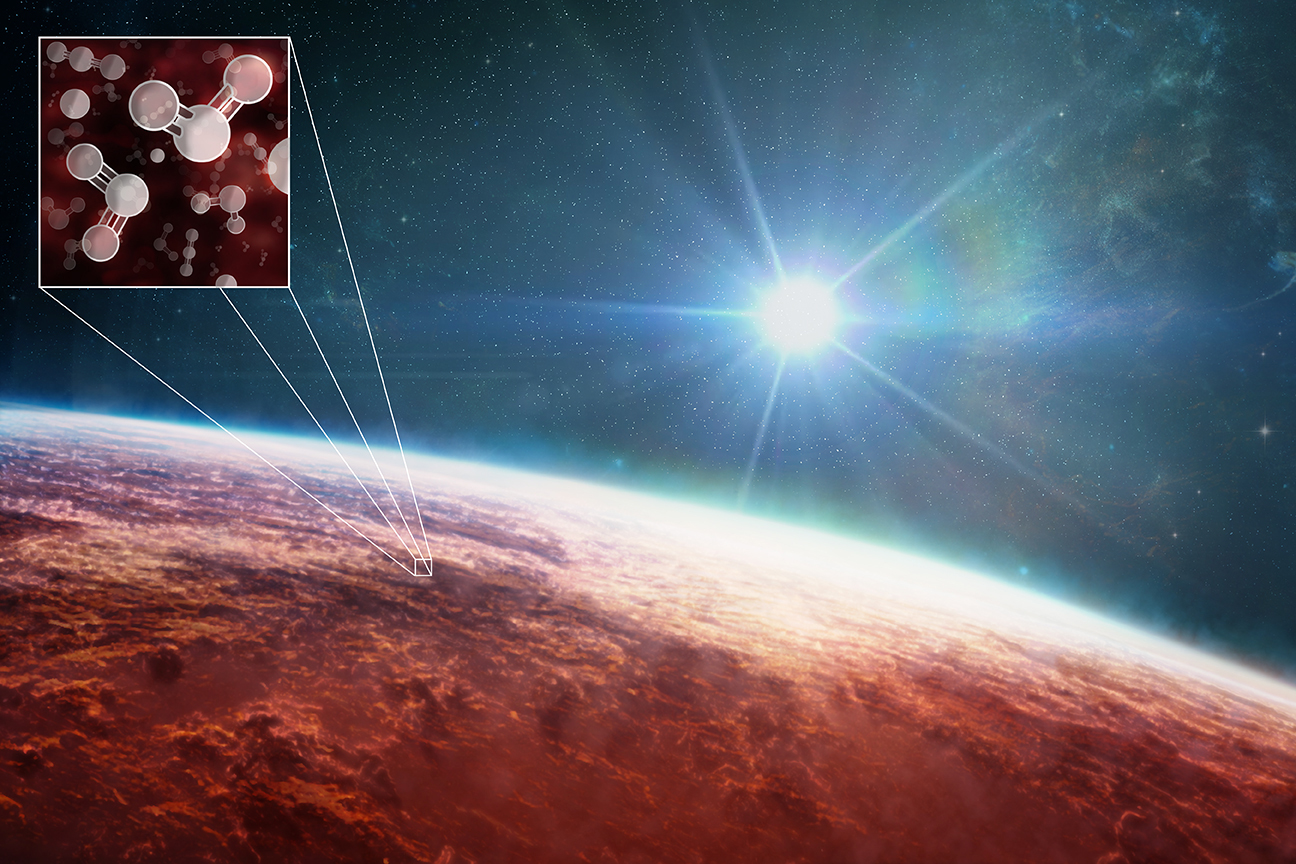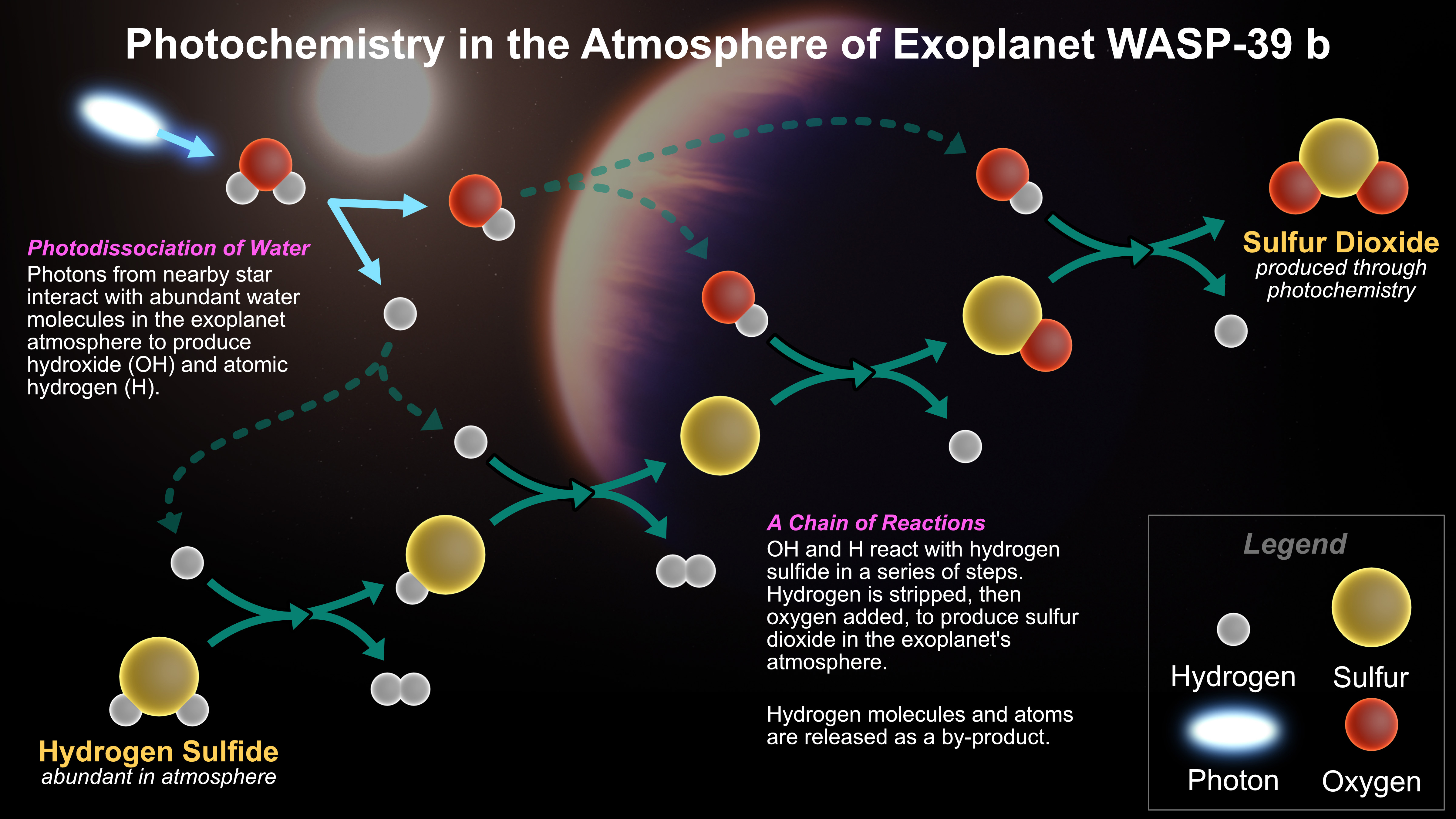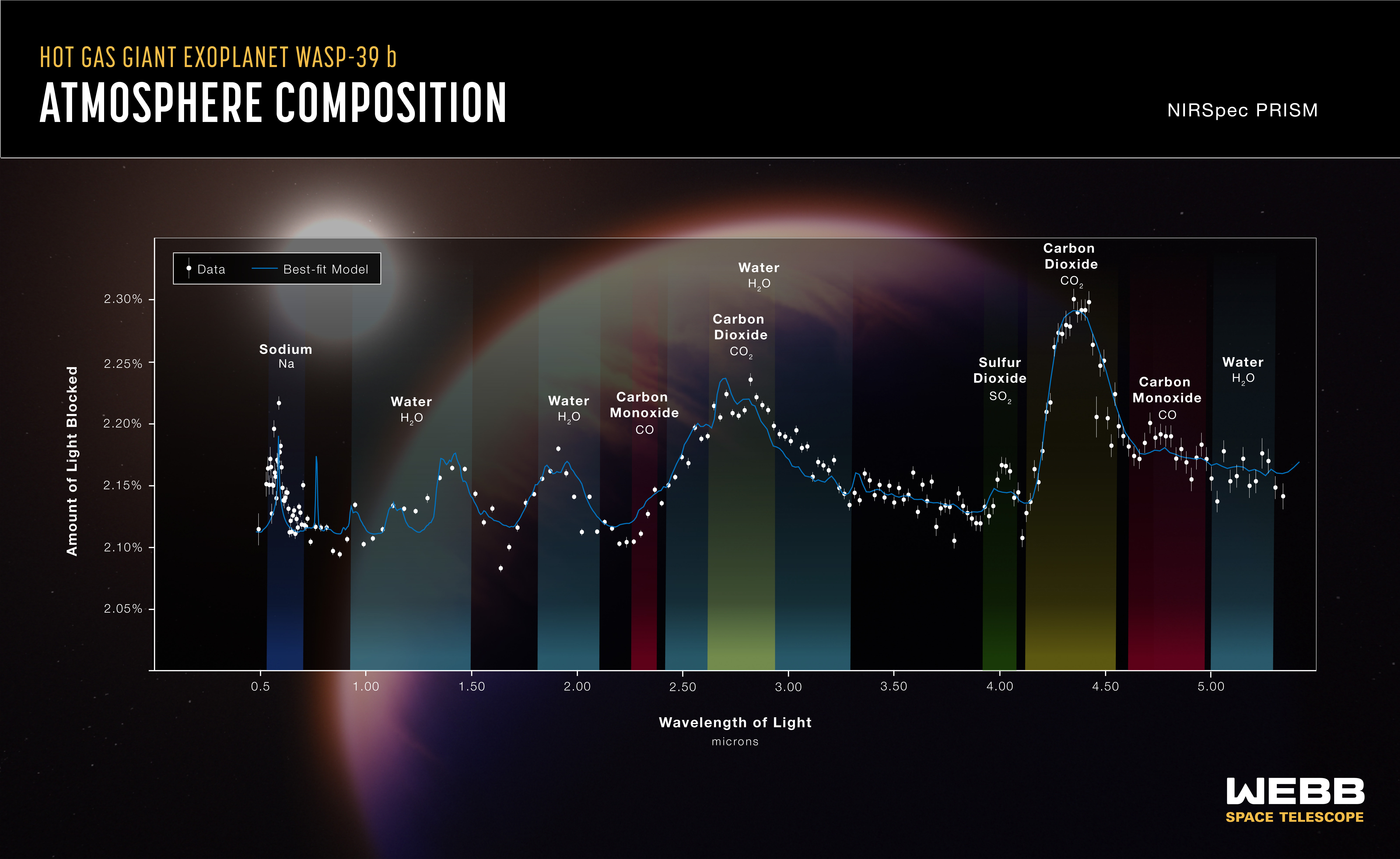News
NASA’s Webb Telescope Reveals an Exoplanet Atmosphere in ‘Once Impossible’ Detail
NASA’s James Webb Space Telescope is dazzling scientists yet again, this time not with stunning images of the cosmos but instead with the first comprehensive list of molecular ingredients in the atmosphere of a planet roughly 700 light-years away.
From that, an international team of researchers that included scientists from the Johns Hopkins Applied Physics Laboratory (APL) in Laurel, Maryland, revealed not only the first detection of active chemistry happening in the atmosphere of an exoplanet — a planet orbiting another star — but also potentially how that exoplanet formed.
“The quality and precision of these data are just outstanding,” said Kevin Stevenson, an astrophysicist at APL, co-author on all studies, and the primary advisor on the paper that used Webb’s Near InfraRed Camera (NIRCam) during the observations. “What was once impossible a decade ago will soon become routine.”
The findings, which will be published in a series of five upcoming scientific papers, bode well for the capability of Webb’s instruments to conduct the broad range of exoplanet investigations hoped for by the science community.
“We expected JWST to be a powerful tool to study exoplanet atmospheres, and these observations are among the first real evidence that that is true,” said APL astrophysicist Erin May, who was a co-author on all of the new studies. “The precision of these measurements is unmatched by previous telescopes, and we’re really just scratching the surface of what we’ll be able to learn about exoplanets going forward.”
The studies focused on a Jupiter-sized exoplanet called WASP-39b, which, at eight times closer to its star than Mercury is to the Sun, broils at roughly 1,600 degrees Fahrenheit (900 degrees Celsius). Previous observations with ground-based and space telescopes, including NASA’s Spitzer and Hubble telescopes, had determined isolated ingredients in the planet’s sweltering atmosphere. But Webb was able to complete the picture thanks to its ability to see infrared light, which lies beyond what human eyes — and most space telescopes — can see.


